plant description
Aloe vera looks like a super high drama plant with its dramatically spiked leaves, but this succulent is truly lovable on the inside! In fact, aloe vera is widely appreciated for its healing properties. This succulent is originally from the arid region of the Arabian Peninsula, but is today grown in tropical regions around the world as an important medicinal and edible crop. In the wild, aloe is used to minimal topsoil, little water, and lots of sunlight, making it an incredibly un-demanding guest in your home – even compared to other easy-care houseplants. When aloe plants reach maturity, they produce a single pink or orange flower annually.
Fun fact friends! 🤓 Although the aloe vera plant has sharp spines lining its sword-like leaves, it’s not a cactus. What’s the difference between cacti vs. succulents, you ask? Cacti store water in their stems /trunks and have no true leaves, while succulents do have leaves, and store water in them instead of their stem. Aloe is, in fact, a spikey (and lovable!) succulent. The fluid aloe vera plants store in their leaves is indeed the miraculous gel we associate with skincare and trendy beverages.
Aloe vera gel is dense in vitamins and minerals and prized for its antioxidant, antibacterial, and anti-inflammatory properties that make it an excellent, 100% organic salve for healing cuts, scrapes, minor burns, and other skin wounds. The secret to an aloe gel is a sugar compound that speeds up the healing process and supports collagen production, a protein that improves skin elasticity and moisture retention.
Keep this easy-to-care-for plant in your home or indoor garden for its unique appearance and its many magical healing benefits!
plant facts
| common names | Aloe vera |
| botanical name | Aloe barbadensis |
| no. of species | More than 500 |
| family | Asteraceae |
| biological life cycle | Perennial |
| foliage | Succulent |
| mature size | 1-2 feet tall, up to 2 feet wide |
| time to maturity | 2-3 months |
| origins | Arabian Peninsula |
| light conditions | Lots of indirect light to full sun |
| soil type | well-draining |
| water ph | Neutral to slightly alkaline (7-8.5) |
| usda zone | 9-11 |
| toxicity | Toxic to pets, some parts toxic to humans |
Popular Varieties/Related Plants:
- Aloe Vera (Aloe barbadensis)
- Arabian Aloe (Aloe rubroviolacea)
- Spiral Aloe (Aloe polyphylla)
- Aloe Crosby’s Prolific (Aloe Crosby’s Prolific)
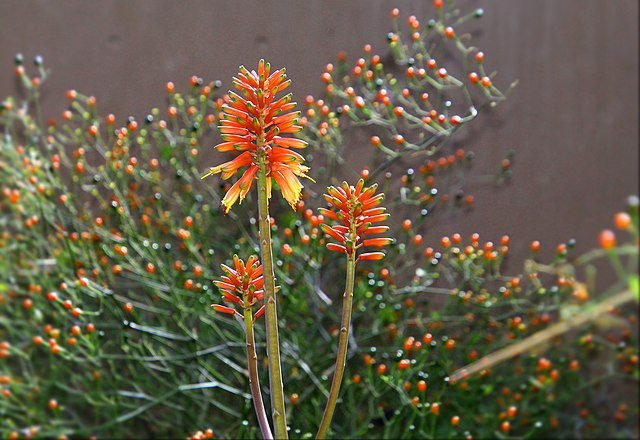
aloe vera plant care and maintenance
Besides demanding a fair amount of sunlight, aloe pretty much takes care of itself. As long as it gets lots of indirect light everyday – perhaps sitting on the sill of a north or south facing window, or near an east or west facing window – and a little water every couple of weeks, your aloe will grow and produce an abundance of leaves ready for harvest as you need them. It doesn’t take much of a green thumb to keep an aloe happy! If your aloe is drooping or growing sparsely, it’s usually a sign that it needs more light or isn’t being watered adequately. Note that while aloe vera blooms readily at maturity in the wild, they need some extra TLC to bloom indoors (read more in the light section below).
light 🔆
Best light: lots of indirect light to full sun
Aloe is a desert plant, and its thick, moisture-filled leaves allow it to tolerate a lot of sunlight in its natural environment. Aloe typically thrives in as much bright, indirect light as it can get. Too much direct light year round isn’t ideal either, typically resulting in browned tips or tired looking leaves. Keep aloe in windows with indirect sunlight, near bright windows that face the sun, or set them outside during the summer to expose them to sunlight out in the open. Aloe plants will produce stunning coral blooms if given full sun in the summer, which can be tricky indoors. You’ll need to chase the light during aloe’s growth season and adjust your watering accordingly to give the plant the perfect blooming conditions.
water 💧
Water needs: Once every two to three weeks
In addition to a die-hard love for indirect sunlight, Aloe’s adaptation to arid climates lends this hardy succulent significant drought tolerance. Aloe likes soil that doesn’t hold much moisture. In summertime, water your aloe once every two weeks, and in winter even less; once every month or so should suffice. Your watering schedule may vary based on the growing medium you use (i.e. mediums with low water retention dry out faster than others and require more direct water than those that store more moisture). When an aloe plant isn’t looking good, the general rule is to stop watering it and leave it alone for a while.
humidity 🌫️
Aloe doesn’t love to hang out anywhere indoors with excess humidity. Keep aloe out of bathrooms and kitchens, and anywhere else they might be exposed to humid or steamy conditions. If it gets too wet around the aloe, moisture can build up and lead to mold or mildew growth. Read: death to aloe. We don’t want that!
temperature 🌡️
Don’t sweat your indoor conditions too much when you bring an aloe plant home though. In the desert, temperatures are high in the day, and can drop close to freezing at night. Although aloe is used to daily fluctuations ranging from 40-100°F, it will be comfortable if your home will stay within its preferred temperature range of 55-80° range. Don’t leave an aloe outside in winter or too close to a drafty window: freezing temperatures will damage the plant’s leaves. In the summer, the aloe will love the high temperatures outdoors, but remember to keep it out of direct sunlight.
fertilizer 💩
Aloe plants are very efficient at taking up vitamins and minerals from the ground because they’re used to ground that may have sparse nutrients from little to no topsoil. It’s generally recommended to use about half as much fertilizer for aloe plants that you would for a normal houseplant. Adding a little fertilizer to the soil in spring during the growing season is enough to keep the plant happy and well-nourished.
soil
Soil Type: Well-drained, cactus or succulent mix
pH level: Neutral to slightly alkaline (7-8.5)
For similar reasons that aloe vera doesn’t need much water or fertilizer, the plant will want a soil that is well-draining and light in organic material. In nature, aloe plants grow in rocky desert conditions where there isn’t much rain and the ground’s surface doesn’t hold much water. The short, fibrous root system can easily be damaged by soil that retains too much moisture.
When choosing a potting soil for your aloe plant, use a cactus or succulent blend, or mix up a blend yourself using a 50/50 blend of potting soil and large particle, dry materials like pine bark or shavings, orchid bark, coarse sand, and/or coconut coir. Aloe can also be grown in Leca, which will keep the roots well-aerated while also providing a slow, low-quantity delivery of water. A growing medium that drains quickly and doesn’t hold on to too much water is best for your indoor aloe plant.
repotting
To transfer an aloe, make sure the new pot is at least 6 inches deep filled with a well-draining growing medium. A terracotta pot or other ceramic pot (anything heavy) is best for aloe plants since they can get pretty top heavy: their leaves grow big and thick, but their roots stay small and fibrous. A terra cotta pot will also help drain excess water. You don’t need to moisten the soil before replanting an aloe as you might with other plants since they prefer dry conditions. The aloe will be encouraged to stretch its roots around to absorb the moisture that’s already in the soil and establish itself in place.
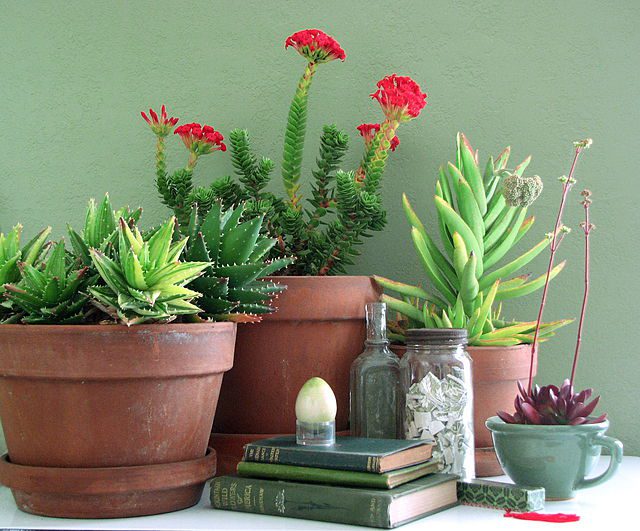
propagation 🌱
An aloe vera plant can’t be propagated by leaf cutting, but mature specimens will give offshoots from the root of the mother plant in the soil, known as aloe pups. These can be carefully removed from the root of the mother plant to be planted as an individual. Allow the shoot to dry out and the wound to dry and close. An open wound may be shocked by the moisture in the new growing medium while being unable to both heal and grow roots, so be sure the aloe pup is completely dry before planting it.
If you would like to grow aloe from seed, you can plant a single seed in a pot to grow a single plant. The seed should be at surface level and not completely covered by soil, as it needs light to start germinating. Moisten the surface level with a spray bottle when the soil dries, or every couple of days, while the aloe seed is growing.
pruning 🌿
Aloe plants don’t require pruning unless lower leaves suffer water or pest damage, but you may choose to harvest healthy leaves. Wait until the leaves are of a considerable number and size before harvesting them for use so the plant can regenerate quickly afterwards. Remember that aloe’s leaves make up the body of this plant, so over-harvesting can leave this succulent depleted. If you’re growing aloe to harvest the leaves for edible or medicinal uses, consider growing a few plants so that the harvest is spread out over multiple individuals.
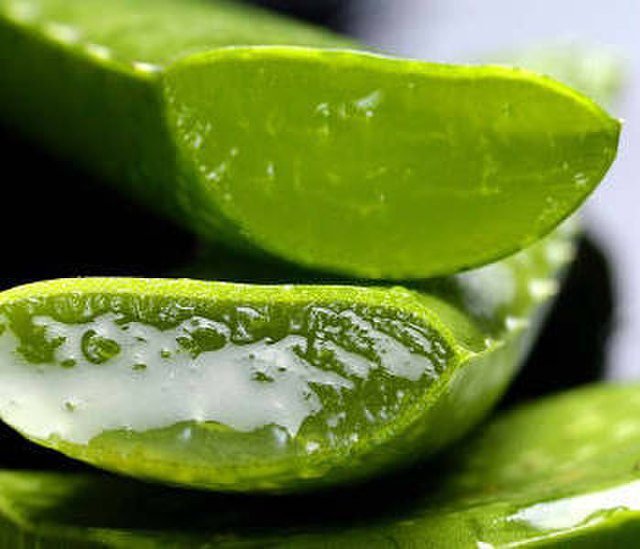
pests and diseases 🐛
Despite its tough leaves, aloe vera can suffer from indoor plant pests and diseases. Aloe’s roots can be easily damaged by overwatering, but it can also lead to another problem: fungal growth. Aloe rust or bacterial soft rot can develop on the plant’s leaves if there is too much standing moisture or too high of humidity. Root rot can develop under cool, drafty, moist conditions. Fungal growth in the soil can also lead to fungus gnats.
Spider mites and gall mites may infest your aloe vera, though these cause minimal damage to the plant. Snout beetles are the most concerning pest for aloe plants, as they lay their eggs on the leaves, then their larvae bore into the plant.
To prevent spider mites, fungal growth, and fungus gnats, water your aloe with a spray bottle to not overwater the plant. Be sure to only water an aloe when the soil and roots are completely dry, with one to three weeks between waterings depending on the size of the plant.
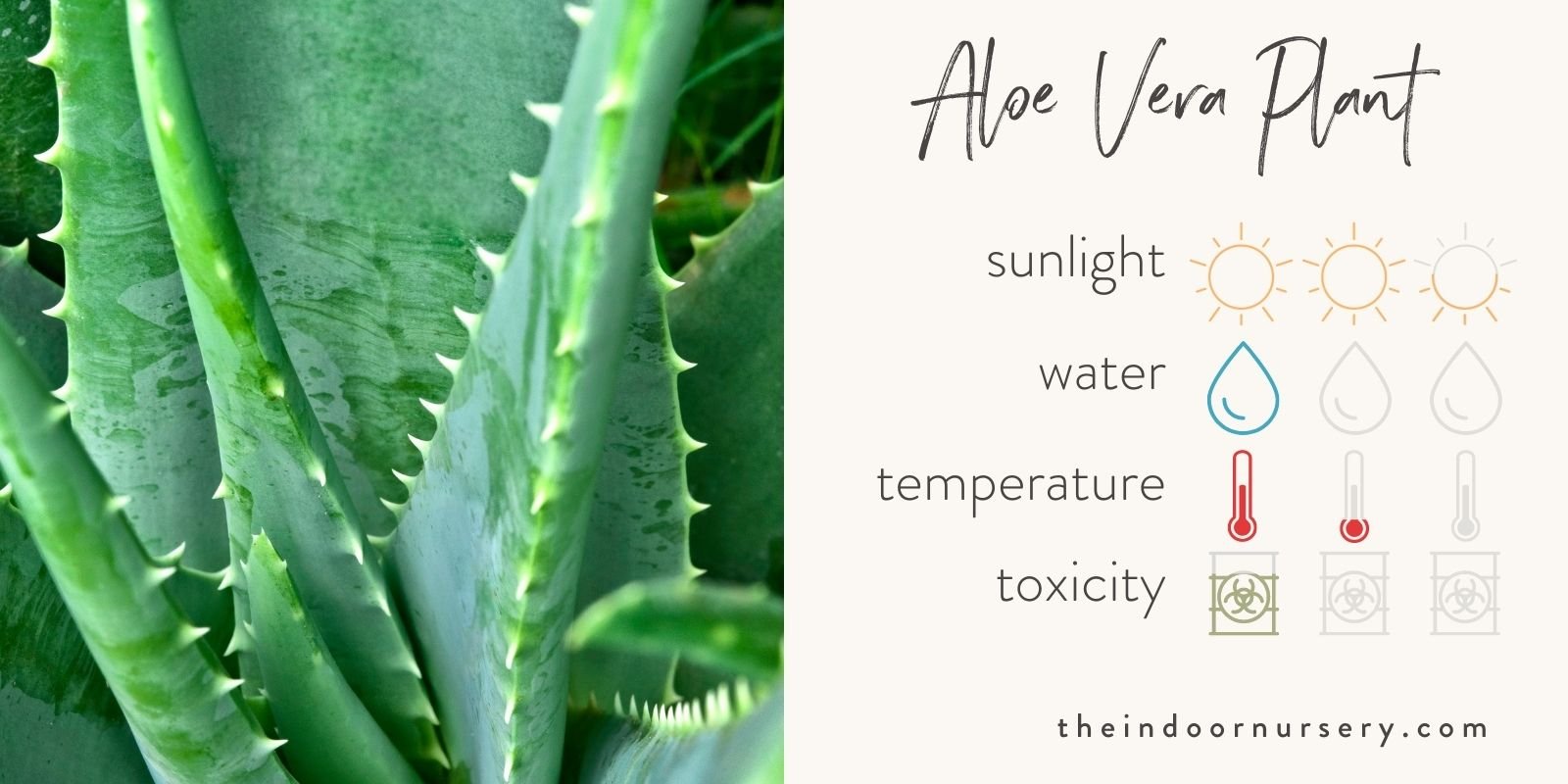
plant care tips
- Use aloe vera gel to treat wounds. The clear gel from aloe leaves is prized for its healing properties. It can be applied topically to help minor skin wounds heal by encouraging production of repair hormones at the site, while providing hydration and vitamins A, C, and other nutrients that support tissue growth. Cuts, scrapes, second degree burns, and sunburns can all be treated with aloe. Watch out for the sharp spines when handling the leaf so you don’t wound yourself with it, too!
- Use aloe vera gel to care for your skin. The gel is an antimicrobial and anti-inflammatory, which makes it a great natural topical skincare option that can help treat acne, rashes, and irritated-skin conditions. Also can also be used as a moisturizer to supplement your skincare routine.
- Make an aloe vera juice drink. To prepare an aloe drink using a few mature leaves, start by cutting off the top and bottom couple of inches of the leaves. Only use parts where the gel is clear and not yellow. Soak the cut leaves in water for five to ten minutes to extract most of the yellow liquid (aloin, an irritant) that might be in the leaves. Slice the green rinds from the clear gel interior, making sure to cut away from yourself for safety. Blend the clear gel pieces in a liquid with your sweetener of choice. Aloe pulp is a source of minerals like iron, calcium, and magnesium, as well as vitamins, especially A, C, and E. It also contains beneficial amino acids and lipids that support cell development across the whole body.
Common Problems / FAQs:
Why are my aloe’s leaves thin?
Thin leaves are a sign the plant isn’t getting enough water. Aloe is hard to under-water, but it is possible to do. Be sure to keep to a regular routine so the plant is getting sufficient water. If the plant has gone weeks without water, it may start to wilt and the leaves may collapse from a lack of moisture.
Why are my aloe’s leaves yellow?
Yellow leaves are another sign of an underwatered plant, but they may also be a sign of an overwatered plant. When aloe isn’t able to absorb oxygen through its root system, either because the soil is too dry or because it’s too saturated, the leaves will start to turn yellow. Based on the soil’s moisture content, go in the opposite direction to try to save the plant.
Is my aloe getting enough light?
Yellowing might also be a sign of a lack of sunlight. If the aloe plant isn’t getting a day’s worth of good sun, it can’t perform photosynthesis to make dark green leaves. If your plant isn’t getting much sun, move it to a brighter spot with lots of indirect sunlight throughout the day. They can’t get enough of it!
Shop our recommendations
- The Best Hydroponic Tower For Indoor Gardening
- 10 Best Worm Composter Bins For Easy Homemade Compost
- The Best pH Meter For Soil
- The 6 Best Dehumidifiers For Grow Tents
- The Best Complete Indoor Hydroponic Grow System
- 5 Best Grow Light Strips For Indoor Plants
- TESTED: Aerogarden vs Click and Grow Smart Garden
- Our *hands on* MARS HYDRO TSW 2000 review (with photos)
- 7 Best Hygrometers For Indoor Plants
- The Best Coco Coir For Your Plant’s Healthiest Root System Ever

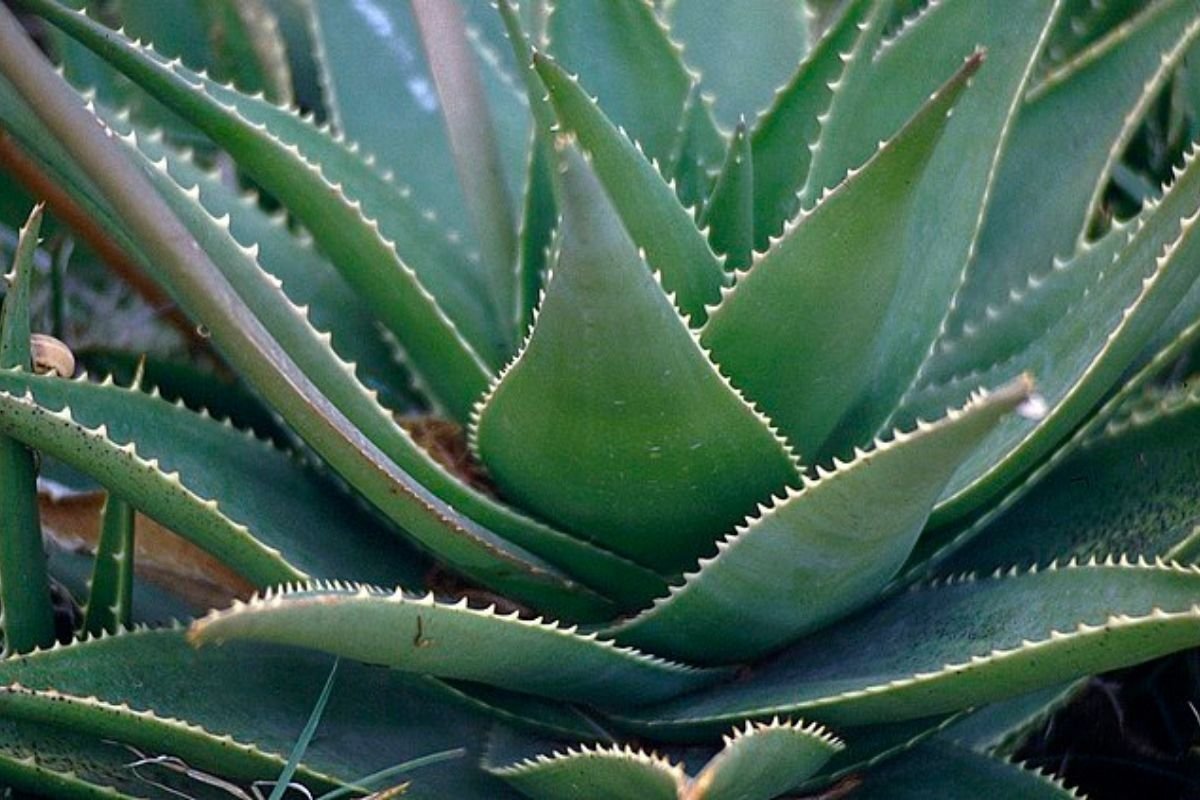
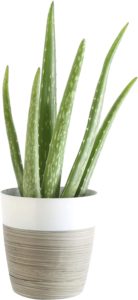
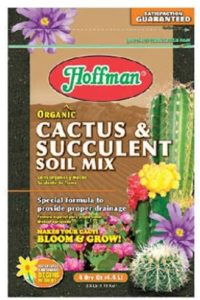
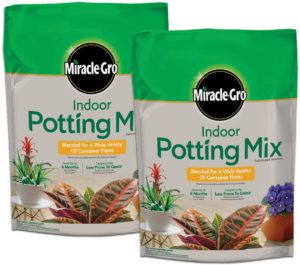
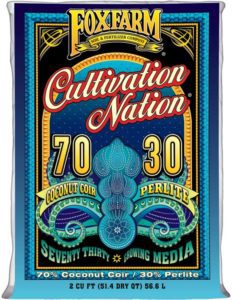
Hey, Marcia! Thanks for reading :) gosh, that's a great idea to double up on your watering globe and spike.…